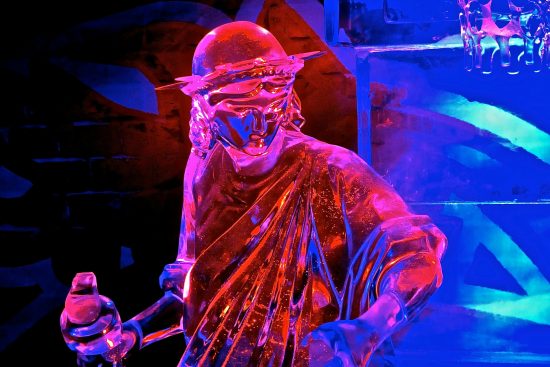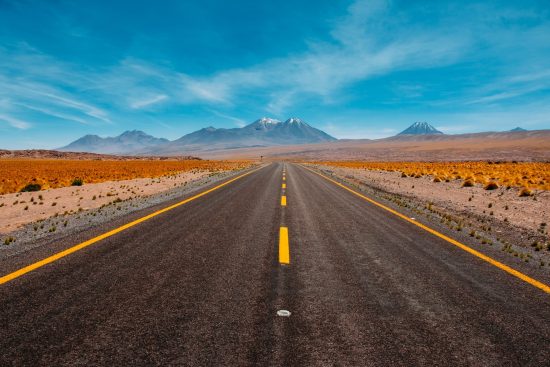
Rodeo culture, deeply rooted in the American West, embodies a rich tapestry of history, tradition, and skill. This introduction aims to delve into the world of rodeo, a sport that goes beyond mere entertainment, encapsulating a lifestyle that celebrates the rugged skills of cattle herding and horseback riding. Originating from the practices of Spanish ranchers and their Mexican ranch hands, known as vaqueros, rodeo has evolved over centuries into a competitive sport that honors the heritage of the cowboy way of life. At its core, rodeo is a display of skill, strength, and bravery, with participants competing in various events that test their abilities in handling livestock. This exploration into rodeo culture will shed light on its historical beginnings, the significance of its events, and the unique attire and gear that define it. As we journey through the dynamic world of rodeo, we uncover how this sport has become a symbol of American cultural identity, particularly in the Western states, and how it continues to resonate with audiences today.
Historical Origins of Rodeo
The historical origins of rodeo trace back to the ranches of the American West, where the skills of cattle herding and horse riding were essential for daily life. These activities eventually evolved into a form of competition and entertainment. The roots of rodeo can be found in the 19th century, especially among the cowboys who managed cattle on the vast ranges of Texas, Oklahoma, and New Mexico. Rodeo initially served as a way for these cowboys to demonstrate their skills in a competitive setting, blending work with recreation.
Many often wonder, “how long is a rodeo?” The duration of a rodeo can vary, typically spanning over several days, each filled with different events showcasing various cowboy skills. Early rodeos were informal events, often taking place as part of county fairs or roundups. Over time, these gatherings became more organized, laying the foundation for the modern rodeo format.
The historical significance of rodeo goes beyond sport. It symbolizes the spirit of the Old West, embodying values such as bravery, resilience, and the mastery of a challenging and dangerous occupation. This rich history is fundamental to understanding rodeo’s enduring appeal and its place in American cultural heritage.
Key Rodeo Events Explained
Rodeo competitions consist of a series of events, each testing the skills and bravery of the cowboys and cowgirls involved. These events are rooted in the practical tasks of cattle ranching and have evolved into thrilling displays of athleticism and courage. Key rodeo events include:
- Bareback Riding: Riders attempt to stay mounted on a bucking horse without a saddle.
- Bull Riding: Perhaps the most dangerous, where riders must stay atop a bucking bull.
- Steer Wrestling: Contestants race to wrestle a steer to the ground by its horns.
- Team Roping: Two riders work together to rope a steer in the shortest time.
- Barrel Racing: A timed event where riders navigate a horse around barrels.
Each of these events requires a unique set of skills and presents different challenges, as detailed in resources like the Professional Rodeo Cowboys Association. Bareback and bull riding are tests of balance and strength, demanding great physical endurance and mental fortitude. Steer wrestling combines speed, precision, and power, while team roping requires coordination and teamwork. Barrel racing, primarily a women’s event, showcases speed and agility.
Understanding these events gives insight into the diverse skills celebrated in rodeo culture. They not only reflect the historical tasks of ranch work but also highlight the evolution of rodeo in
Rodeo Gear and Attire

The gear and attire worn by rodeo participants are as much a part of the sport’s tradition as the events themselves. This specialized clothing and equipment are not just for show; they play a critical role in both the safety and performance of the riders. Cowboy boots with spurs, for instance, are designed to help maintain grip and control during events like bull riding and bareback riding. The distinctive wide-brimmed cowboy hat serves a practical purpose too, shielding the rider’s eyes from the sun and improving visibility.
Chaps, another iconic piece of rodeo attire, provide protection for the rider’s legs against abrasions. Gloves are essential for a firm grip, especially in events like bull riding where holding on to the bull rope is crucial. Safety vests and helmets are increasingly becoming standard gear, especially in roughstock events, to protect riders from serious injuries.
Each piece of clothing and equipment is a reflection of the sport’s heritage, crafted to meet the unique demands of rodeo events. The attention to detail in this gear underscores the skill and dedication required to participate in rodeo, blending functionality with the cultural symbolism of the American cowboy. The gear and attire not only contribute to the visual spectacle of rodeo but also honor the sport’s deep-rooted traditions and respect for the dangerous nature of these competitive events.
Rodeo’s Cultural Significance
Rodeo holds a unique place in American culture, embodying the spirit and heritage of the Old West. Its cultural significance extends far beyond being a competitive sport, serving as a living testament to the skills and values of the cowboy lifestyle. Key aspects of rodeo’s cultural importance include:
- Preservation of Western Heritage: Rodeo keeps alive the traditions and skills of the American cowboy.
- Community and Family Tradition: It often serves as a multigenerational family activity, fostering community bonds.
- Representation of American Values: Rodeo symbolizes qualities like bravery, resilience, and sportsmanship.
These elements are part of what makes rodeo a unique cultural phenomenon, as highlighted by historical resources like the Smithsonian’s National Museum of American History. Rodeo events are more than just sports; they are celebrations of a historical way of life that has shaped American identity. The preservation of Western heritage through rodeo provides a connection to the past, keeping alive the skills and traditions of the early settlers and ranchers.
The community aspect of rodeo, with events often being family affairs, helps in strengthening social ties and passing down traditions from one generation to the next. Additionally, the values represented in rodeo resonate with the broader American ethos, celebrating the spirit of courage and perseverance. Rodeo’s ongoing popularity and cultural relevance are a testament to its deep roots in Ame
Modern Rodeo Competitions
Modern rodeo competitions have evolved significantly while still retaining the core essence of the sport’s rich heritage. Today, these events are not only a celebration of traditional cowboy skills but also a contemporary representation of the American Dream. They blend the historical aspects of rodeo with modern competitive elements, appealing to a wide range of audiences.
Contemporary rodeos are highly organized, with strict rules and professional standards. They often feature a variety of events, each showcasing different skills, and are conducted in large arenas equipped with advanced facilities for both participants and spectators. These events have become more inclusive, with categories for different age groups, skill levels, and even special events for women and children.
The modernization of rodeo competitions reflects the dynamic nature of the sport and its ability to adapt to changing times while honoring its roots. This evolution ensures that rodeo remains relevant and exciting, attracting new generations of enthusiasts who appreciate both its historical significance and its contemporary form. Rodeo’s enduring appeal lies in its ability to encapsulate the spirit of adventure, resilience, and the pursuit of excellence, key elements of the American Dream.
Summing Up Serene Environments
In wrapping up, rodeo culture stands as a unique blend of sport, tradition, and lifestyle, deeply ingrained in the American cultural fabric. It celebrates the enduring legacy of the cowboy spirit while evolving to meet contemporary standards, symbolizing resilience, skill, and a deep connection to history.







